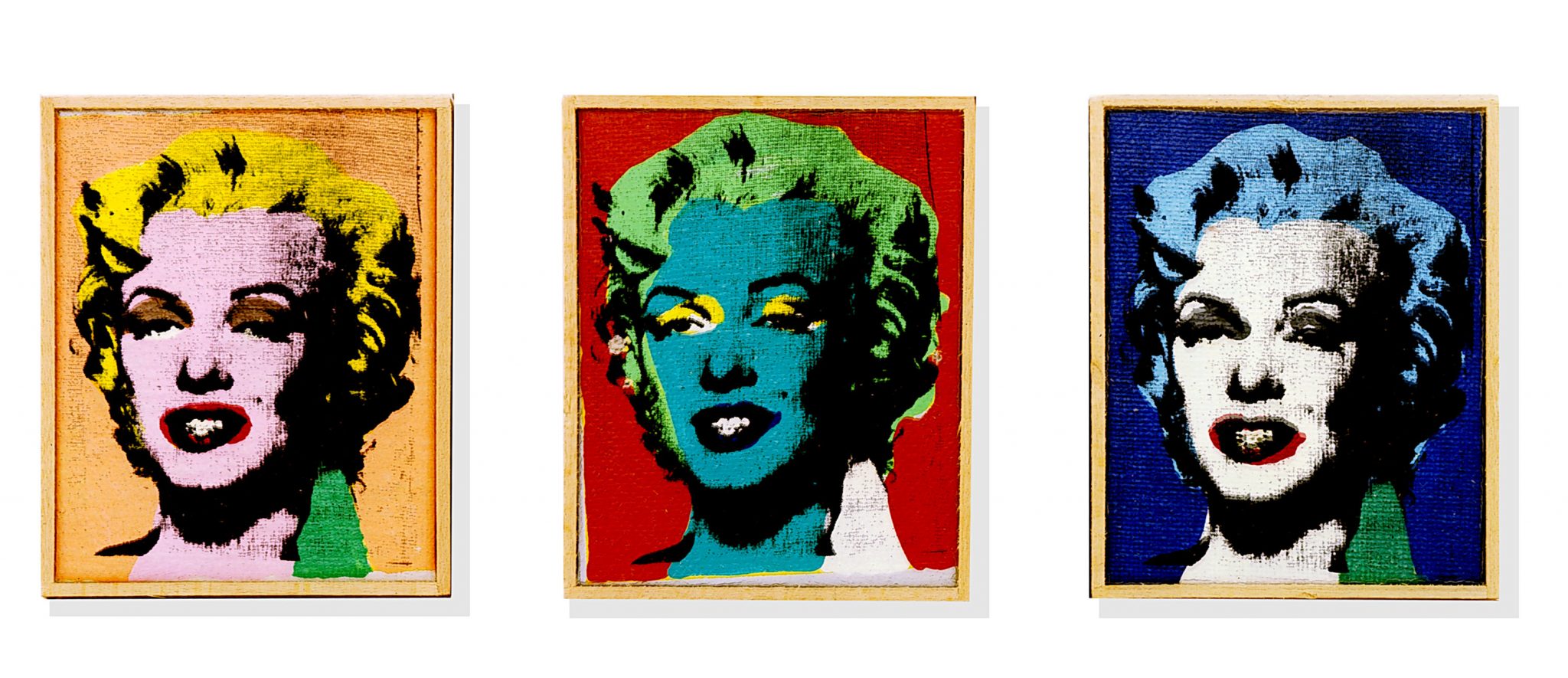
Color Chart
CHAPTER 5: Color signatures
Chapters
Between 7th– 3rd century BCE, Greek potters predominantly worked in one of two techniques, black-figure pottery followed by red-figure pottery. These two techniques defined a period when mythical stories were depicted and artists—or groups of artists—were identified by their distinct styles. Take for instance the Amphora from circa 510 BCE in the black-figure style attributed to the Leagros Group and the Wine Mixing Vessel circa 475 BCE in the red-figure style attributed to the “Pig Painter.” Artists are sometimes defined by a single color. Sam Francis limited his color palette, preferring dramatic pops of color in large expanses of white. The most prominent color in his work is cobalt blue, seen here in Blue in Motion II. Édgar Negret’s sculptures were done mainly in fire-engine red and Jo Baer applied black bands along the edges of her paintings, leaving the center white. Baer paired the bands with a thin strip color like in Horizontal Tiered. The placement of color creates an optical illusion for the viewer, making the painting fluoresce.
Image credit:
Richard Pettibone
Warhol’s Marilyn Monroe, 1973 (detail)
Acrylic and silkscreen on canvas, six panels
The Blanton Museum of Art, The University of Texas at Austin
The Dorothy and Herbert Vogel Collection: Fifty Works for Fifty States, a joint initiative of the Trustees of the Dorothy and Herbert Vogel Collection and the National Gallery of Art, with generous support of the National Endowment for the Arts and the Institute of Museum and Library Services, 2008

